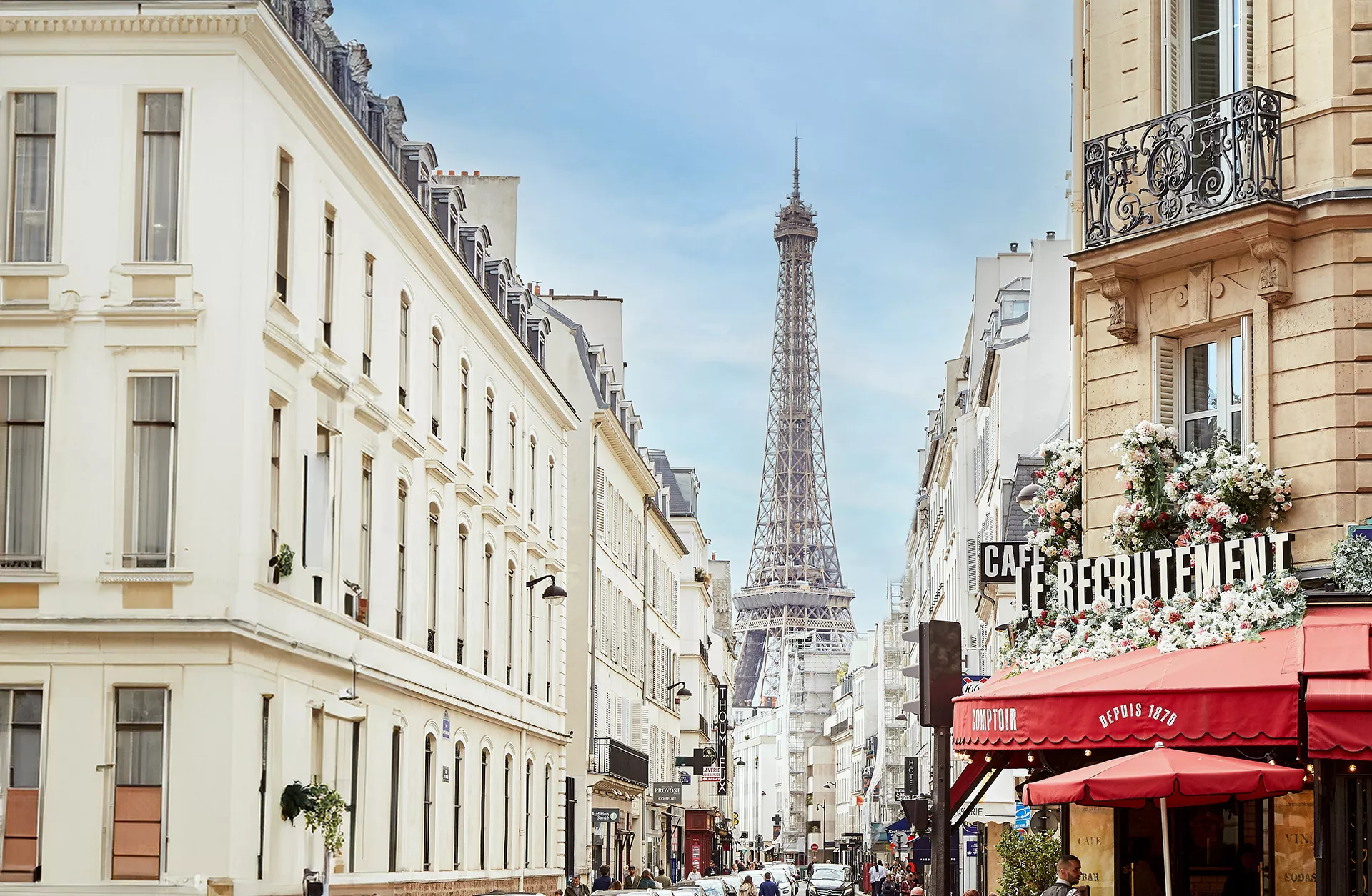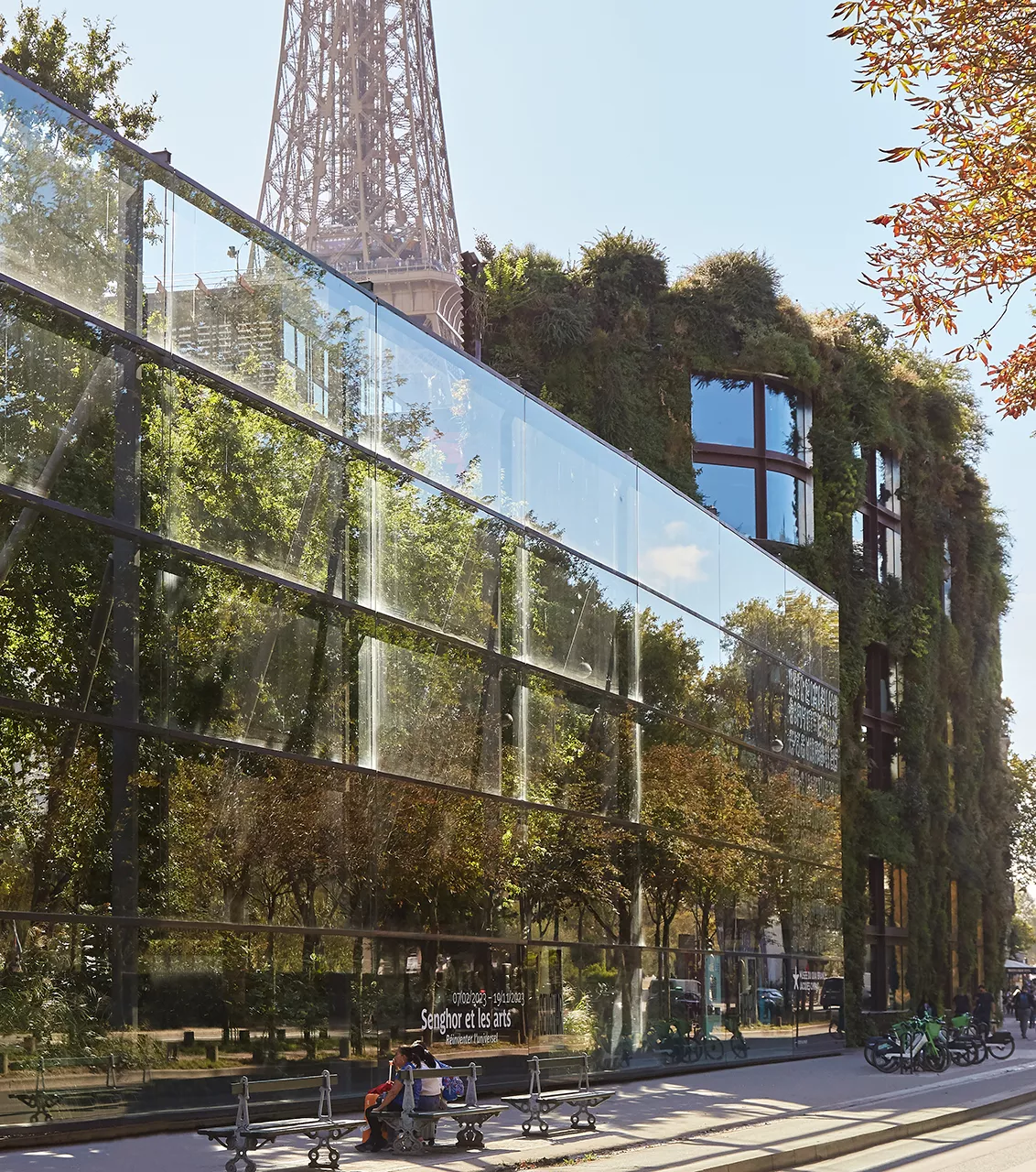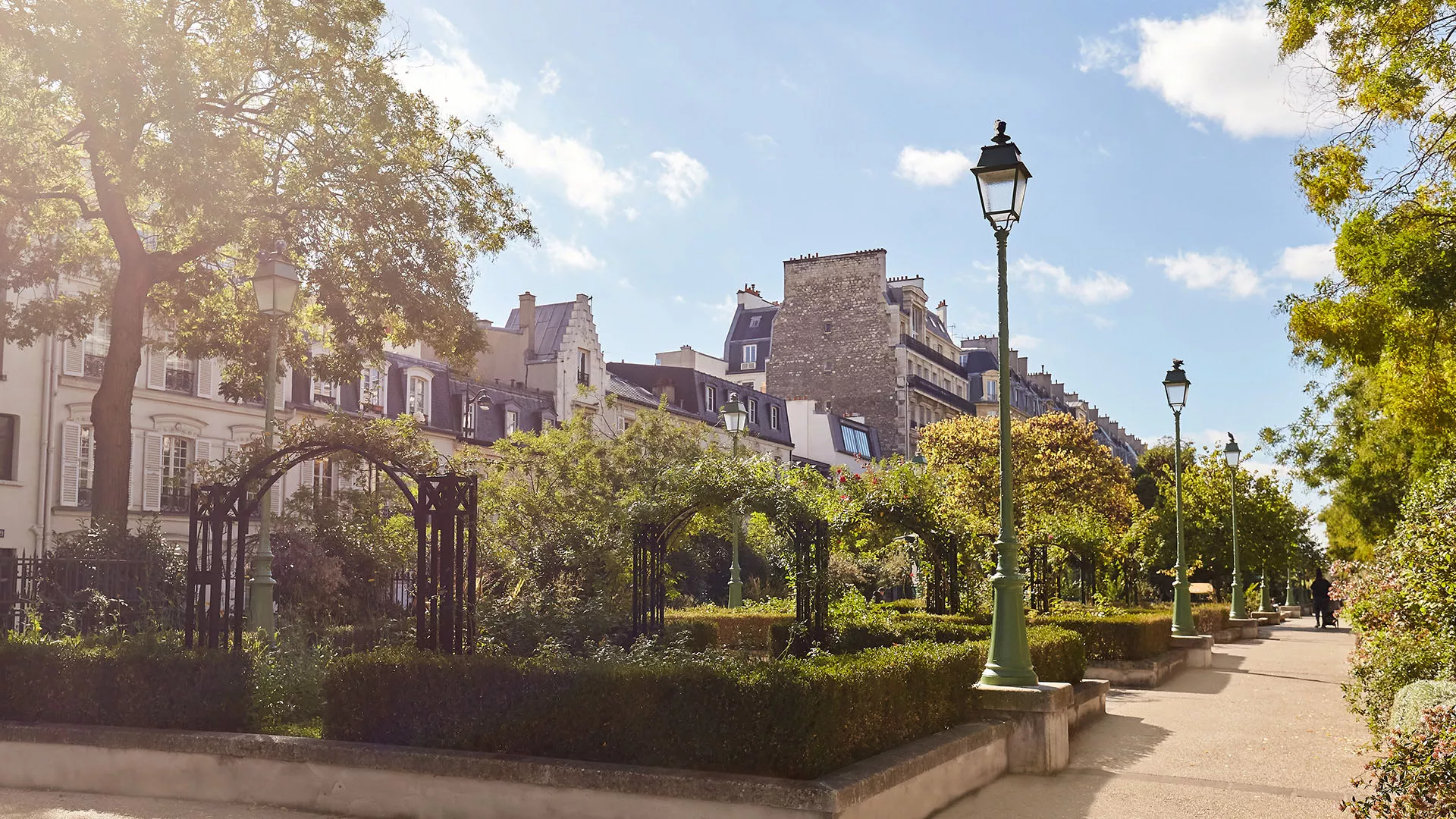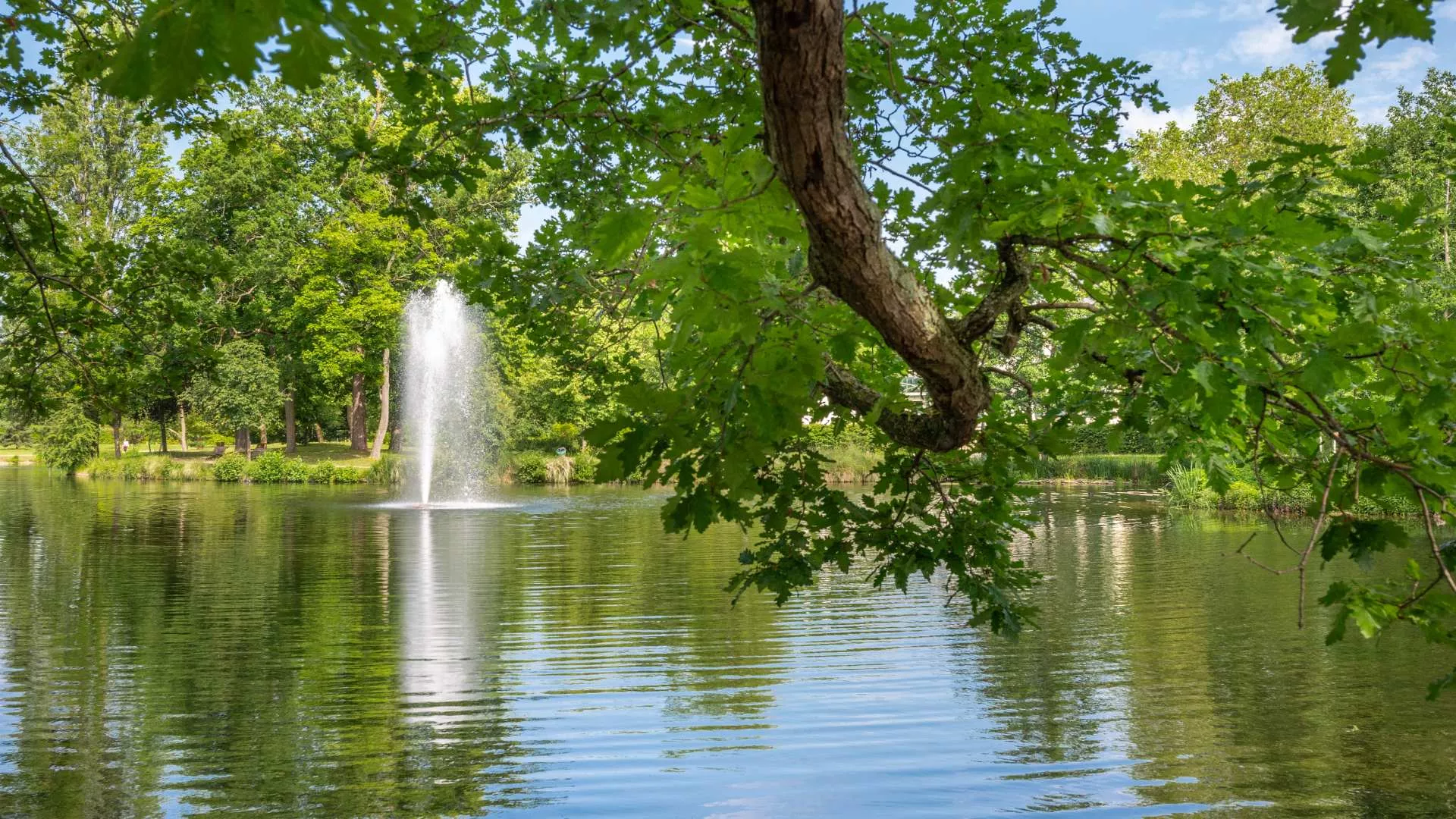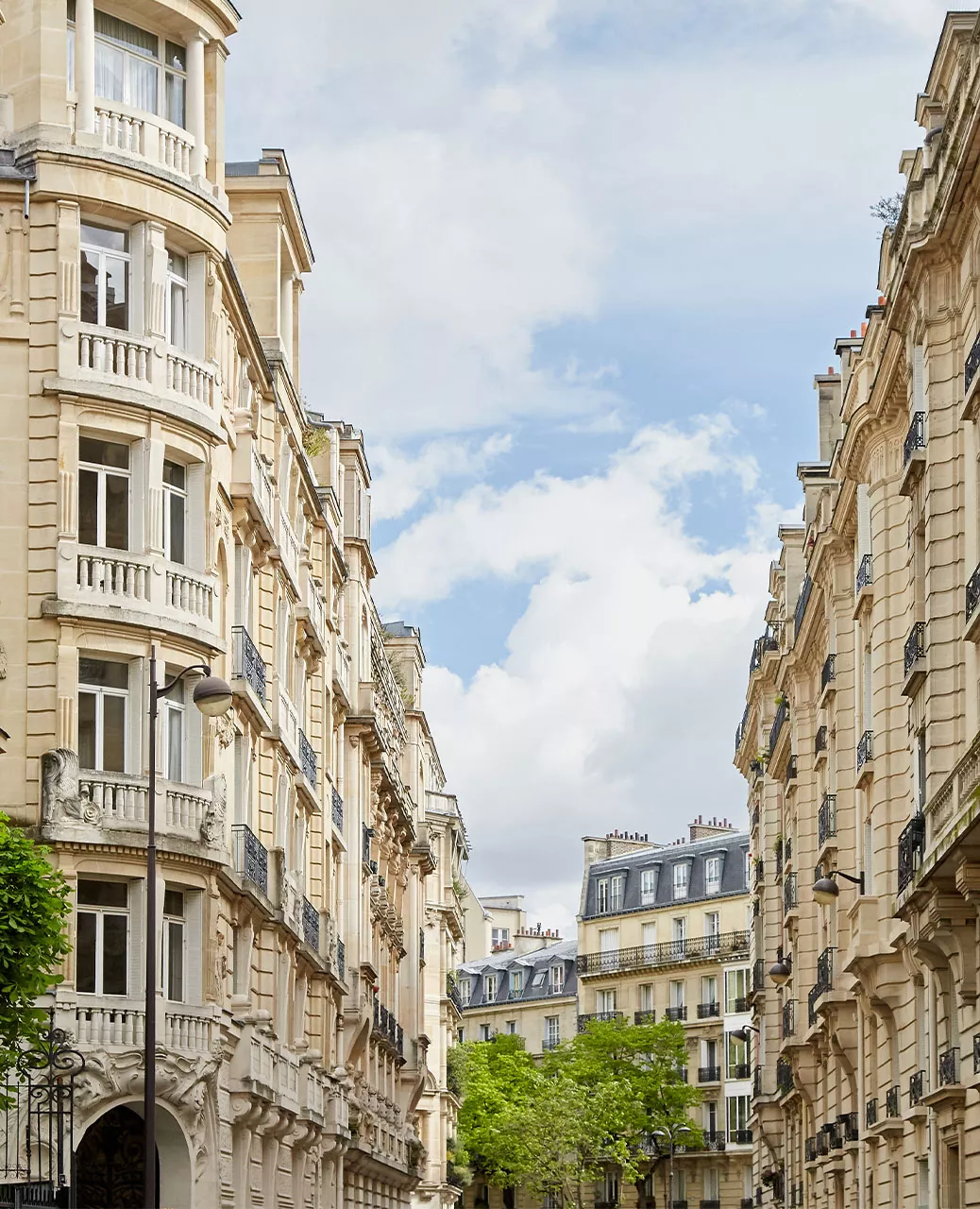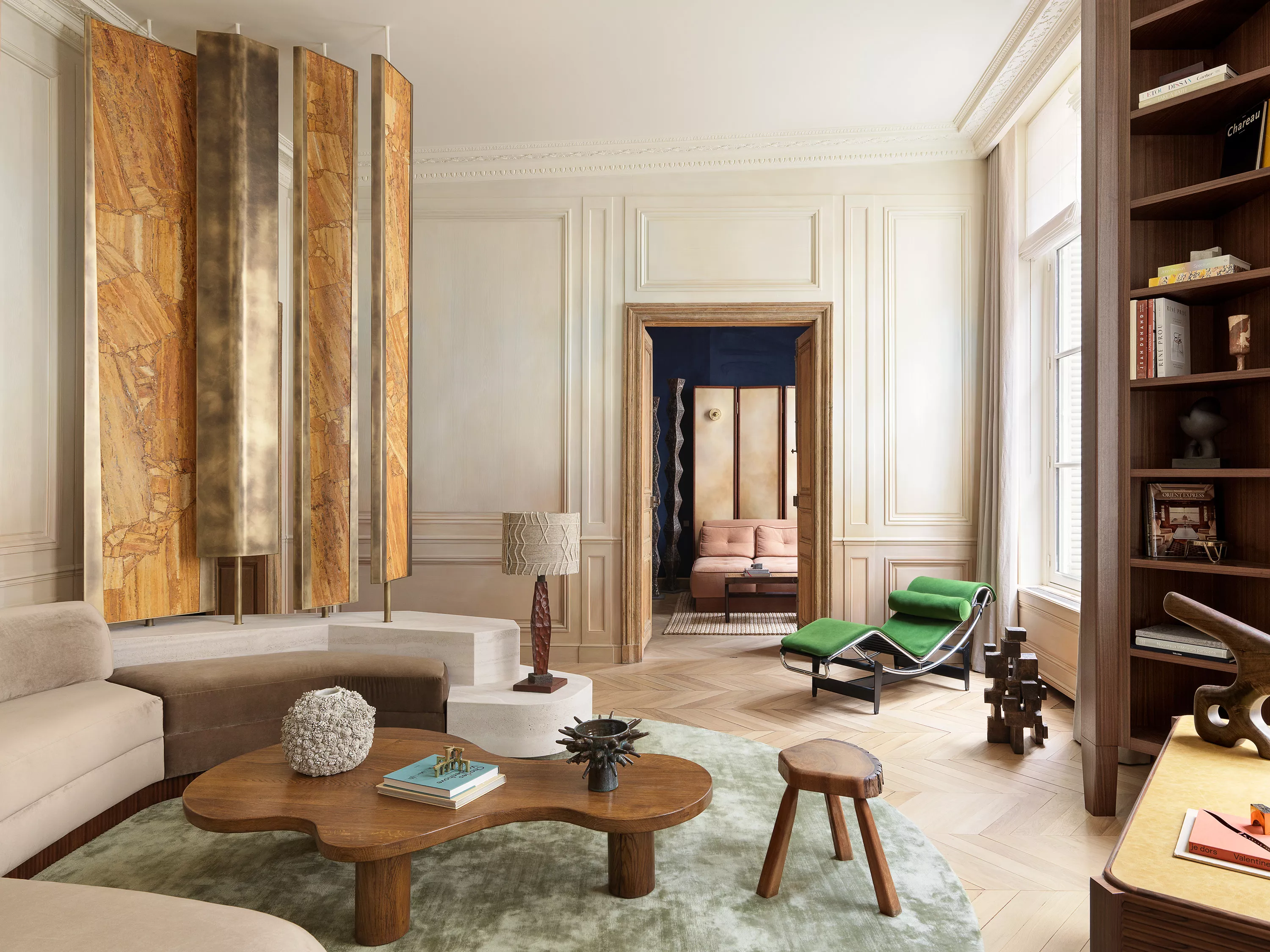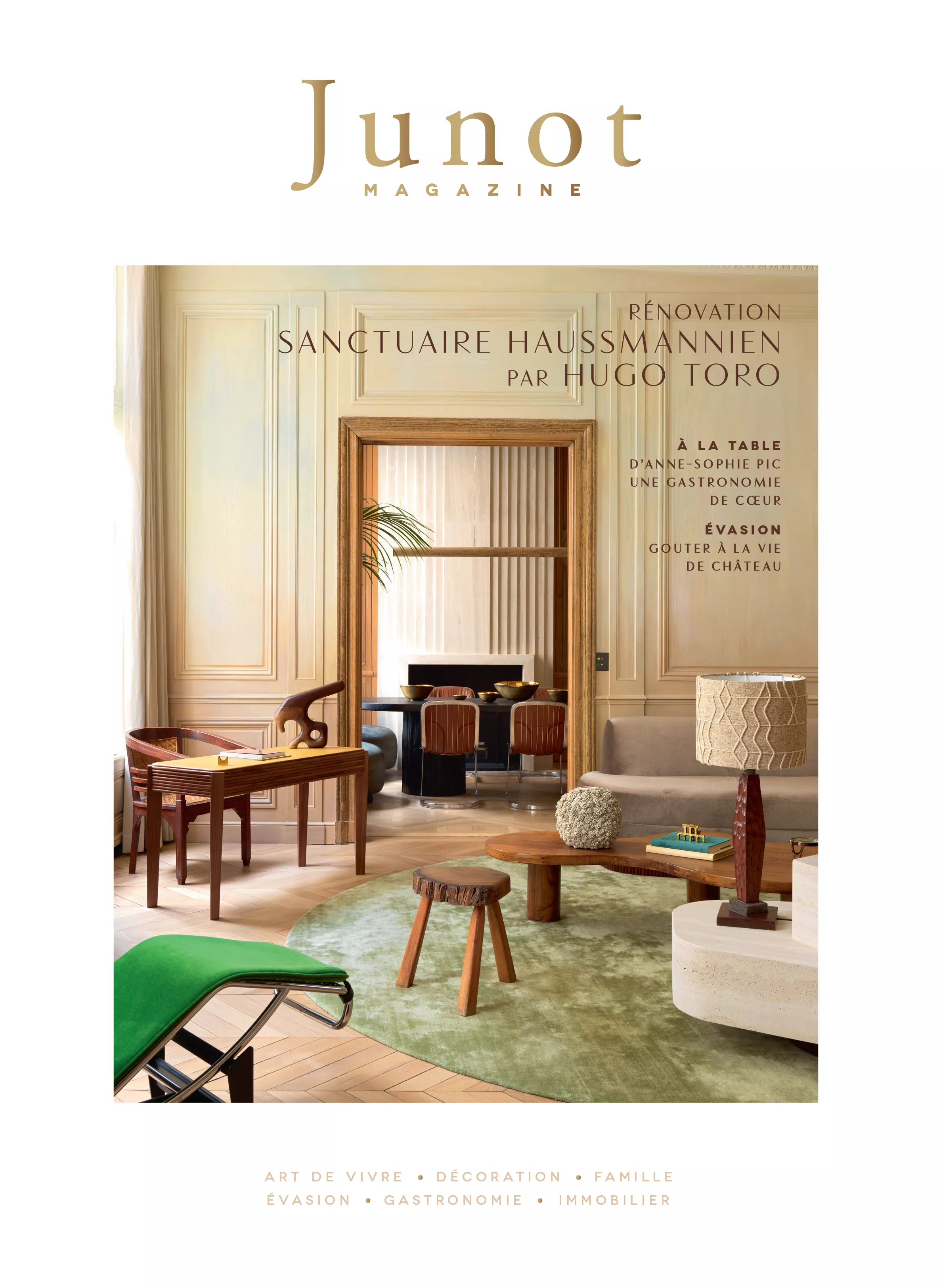Living in the Gros-Caillou, the emblematic district from the Left Bank
Gros-Caillou is undoubtedly one of the most emblematic districts of Paris. It is known throughout the world for its famous Eiffel Tower. An unmissable monument, it embodies the symbol of the city and French elegance. But make no mistake, the Gros Caillou district is not just about tourist places. Between luxury buildings, green spaces and renowned schools: it is the dream backdrop for a peaceful life in the heart of historic Paris.
A bit of history…
The Gros-Caillou district is located in the 7th arrondissement, on the Left Bank of the Seine, in Paris. It is delimited in the south-west part by avenue de la Bourdonnais and to the east by the Invalides district and boulevard de la Tour-Maubourg. If the name seems surprising, it nevertheless has a meaning. Formerly a rural area, Gros Caillou became one of the new administrative districts of the capital in 1860. Under the aegis of Prefect Haussmann, it was decided to find a name for them by associating them with symbolic monuments or an emblematic place. However, the Eiffel Tower – today part of the district – was only completed in 1889! The district was rather known for its tobacco factory and its church, both named “Gros-Caillou”.
The symbol of Paris
This district is certainly the most symbolic in Paris. It houses some of the city's best-known monuments: the Eiffel Tower, the Trocadéro and the most recent Quai Branly museum. The urban decor also reflects an aesthetic of typically Parisian elegance. There are magnificent avenues, decorated with large plane trees and lined with Haussmannian buildings. In the evening, the lawns of the Champ-de-Mars invite you to admire the Iron Lady and her incredible sparkling lights...
A “village” atmosphere with a provincial air
Gros-Caillou in Paris attracts tourists from all over the world for its beauty but nonetheless remains a residential and family neighborhood. Here, everyone seems to know each other from generation to generation. Its inhabitants meet at the bend of the shopping streets, famous throughout Paris. Rue Cler is always bustling with bistros, restaurants and fruit stalls – don’t miss its Sunday market. The famous rue de Grenelle has retained all its authentic charm, so much so that people come there from the other end of the capital for its quality products. Gros-Caillou shines with a very warm atmosphere with a provincial aura. There is a family and friendly atmosphere, in a refined setting.
Presitigious properties
Another advantage of the Gros-Caillou district: it has an ideal geographical location, close to very good schools. It also concentrates the most prestigious properties in Paris, with high-end services. Find large family apartments which have retained the charm of the old with Hungarian point parquet floors, fireplaces and moldings. Settle into a two-story loft with a long balcony in the heart of a popular, lively and secure neighborhood. Many luxury accommodations offer breathtaking views of the monuments of the Seine: the Eiffel Tower, the Champ-de-Mars or the unmissable rooftops of Paris.
The Gros-Caillou district in Paris: the must-see places
The Eiffel Tower: built during the Universal Exhibition by Gustave Eiffel, it was to be destroyed a few years after its construction. Finally preserved, it became the symbol of Paris.
The Quai Branly Jacques Chirac Museum: located on the banks of the Seine, the Quai Branly Museum is dedicated to the Arts and Civilizations of Africa, Asia, Oceania and the Americas. In total, there are more than 3,500 works collected permanently and themed exhibitions which punctuate the life of this unique place. It is recognizable by its exceptional green wall, created by the botanist Patrick Blanc.
The Saint-Pierre du Gros-Caillou church: the one which gave its name to the district is classified as a historic monument. It is located just off Rue Cler and is representative of the history of the neighborhood.
Art Nouveau architecture: rather rare in Paris, the district is home to very beautiful Art Nouveau style buildings. They are famous for their original facades.
The Sewer Museum: the sewers played a fundamental role in the development of Paris. A jewel of French industrial heritage, the sewers become a sanitation channel for the capital. Today, they represent an additional tool for a greener city, reflecting the ecological concerns of our time.
Green spaces
The Gros Caillou district is enhanced by the magnificent Champ-de-Mars which faces the Eiffel Tower. Its large lawns welcome Parisians and visitors from all over the world for sunbathing or a picnic in spring in this splendid garden. Also, the Esplanade Habib-Bourguiba and the Flottant Niki garden in Saint-Phalle give it a unique aura in Paris. A few steps away, the esplanades of Invalides and Breteuil are the meeting place for families and runners.
Schools in the area
The educational establishments in the Gros Caillou district are distinguished by their character of excellence, offering students the opportunity to receive excellent education.
La Rochefoucauld: 90 bis, rue Saint-Dominique, 75007 Paris
Alma Institute: 12, avenue Bosquet, 75007 Paris
Jeannine Manuel School: 70, rue du Théâtre, 75015 Paris
EIB Grenelle (nursery and primary): 176, rue de Grenelle, 75007 Paris
Stanislas: 16, rue du Montparnasse, 75006 Paris
Alsatian School: 109, rue Notre Dame des Champs, 75006 Paris
Transport services
Metro: 8 and 9
Buses: 28, 42, 63, 69, 80, 92
Living in the Gros-Caillou district in Paris means living in a prestigious district, embodying all the spirit of the city. In addition to its exceptional character, it offers a quiet and very family-friendly environment. Come visit us in our Junot Grenelle agency to discuss all your real estate projects with our consultants.
